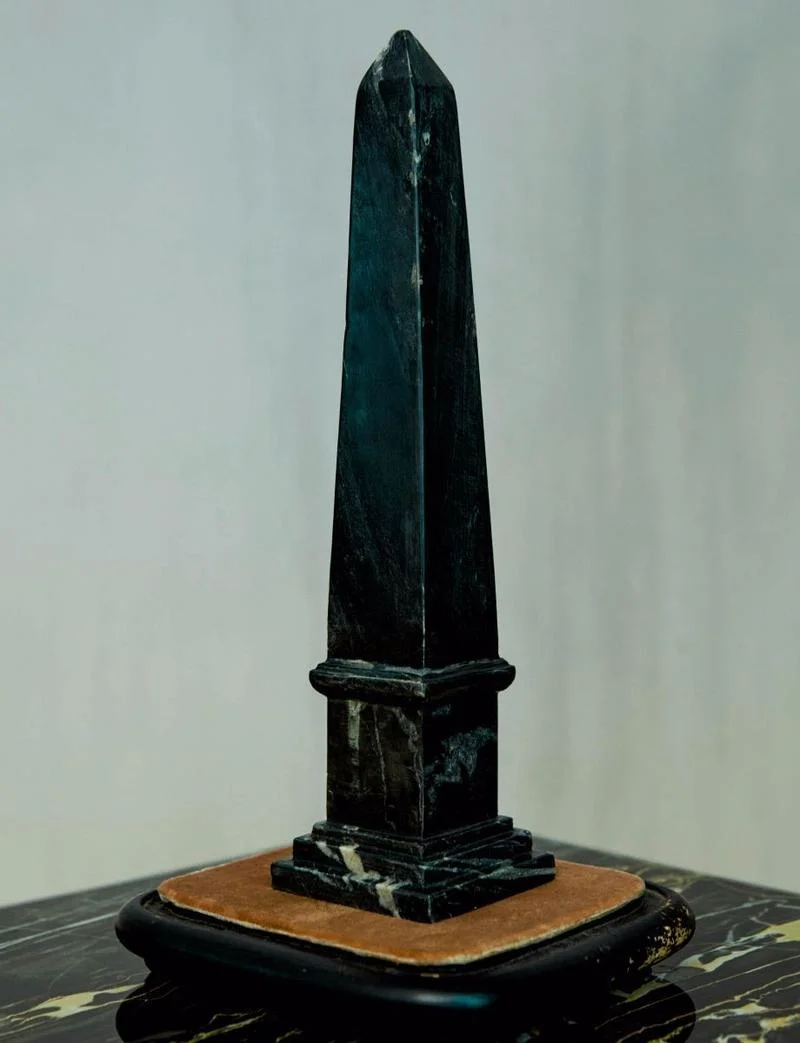Katja Mayer Captures The Patriarchal Contradiction in 'Melancholia' For Numéro December 2017
Model Marland Backus feels the 'Melancholia' in images styled by Samuel Francois. Photographer and artist Katja Mayer captures the provocation for Numéro's December 2017 issue.
The obelisks of ancient Egypt represented the benben, the primordial mound upon which the god Atum stood at the creation of the world. As such, they were associated with the benu bird, the Egyptian precursor to the Greek phoenix. According to some Egyptian myths the benu bird was the first living creature whose cry awoke creation and set life in motion. The bird was linked to the morning star and the renewal of each day but was also the sign of the end of the world; in the same way the bird had cried to begin the creative cycle, she would sound again to signal its completion. via
Seaton Schroeder, an engineer who helped bring Cleopatra's need to Central Park recounts: “From the carvings on its face we read of an age anterior to most events recorded in ancient history; Troy had not fallen, Homer was not born, Solomon’s temple was not built; and Rome arose, conquered the world, and passed into history during the time that this austere chronicle of silent ages has braved the elements.”
It's noteworthy that in the march of human civilization from the Egyptians to the Romans -- which coincides with the rise of monotheism and patriarchal values, the Romans built twice as many obelisks as the Egyptians. During this time, condensed into a period of several hundred years in Greece, three famous philosophers chronicled the decline of women from Socrates, who had no issue and embraced the idea of a woman head of state; to Plato, who said 'perhaps but preferably not' (metaphorically speaking) to AAristotle, who saw women as very inferior to men. Aristotle actually believed that all the DNA, all the human qualities of life were transmitted through semen and the man. The woman was only the 'oven' , the incubator of babies that men actually created. Read on.

































